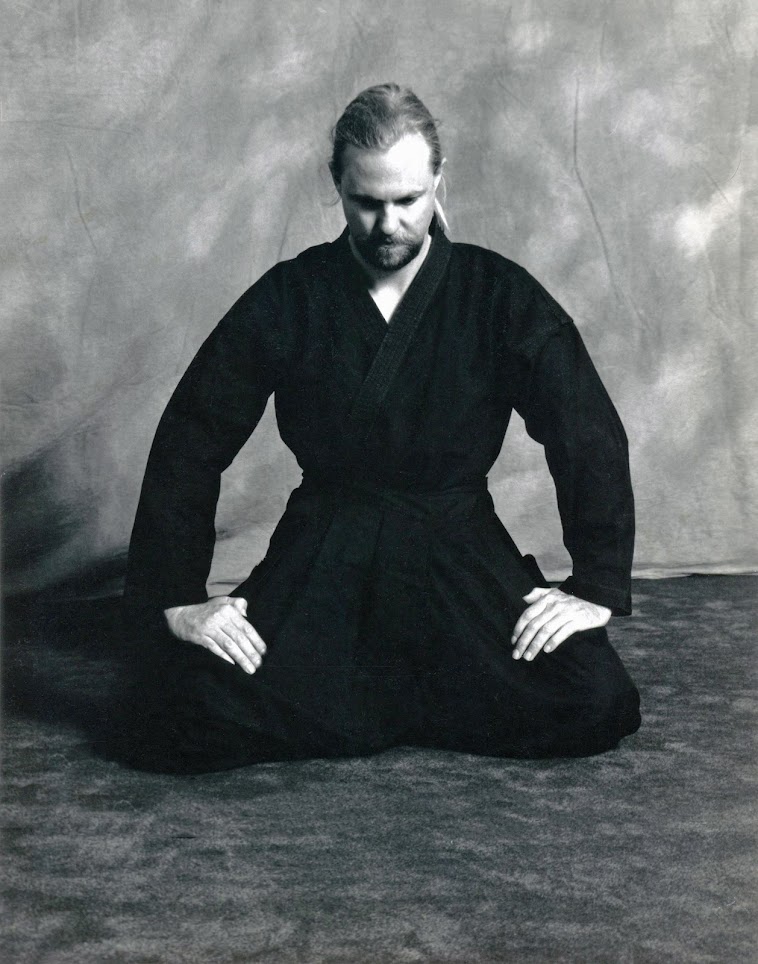There is no one Hapkido.
“Be true to your school, like you are to your girl.” That’s a line from one of the fun Beach Boy songs from the Little Duce Coupe album released back in the ‘60s. It is not too different in the martial arts. If you ever speak with a martial artist, particularly one who practices a traditional style of the martial arts, more times than not, they will be very protective and sometimes even boastful of their style and their school. That’s not a bad thing.
Yesterday, I was pointed to this discussion with the founder of Hapkido, Choi, Yong Sool, that was posted on YouTube. It was a conversation that was conducted decades ago. I had first watched that conversation many years ago, but this is the first time I saw it presented with an English translation running along the bottom. Though the translation is not perfect, as few translations ever are, it does get the main points he was trying to make across very well.
One of the main points he was discussing was how Hapkido, the art he had founded, has become so fragmented. It was no longer one cohesive art. Every school was teaching something different. That’s true, ever since I was a kid, and one of the early practitioners of Hapkido here in the U.S., with every school and with every teacher I encountered, Hapkido was taught somewhat differently. There was a similar essence, but, in most cases, it was very different. And, this was before teachers like Chuck Norris and Bruce Lee began to propagate the integration of the various martial arts into one expansive system.
I understand his perspective, he created a style of the martial arts based upon his training in Daito Ryu Aikijutsu and he wanted that system of martial arts to remain pure and unaltered. But, it has not. If you look at other Korean martial arts, like say, Taekwondo, that art, and its teaching, is very formalized. From my experience, Hapkido has never been that way, however.
In fact, even via my own life experience with the martial arts, I was initially a Hapkido practitioner and then studied Taekwondo. So, virtually my entire martial art emersion has been one of blending.
When I taught the martial arts professionally, I always taught my students both Hapkido and Taekwondo. But, I kept them separated. They learned both arts as they were meant to be understood. When they reached the black belt level, there were tested for the techniques of both arts. If they passed, the received two black belt certificates. One for Hapkido and one for Taekwondo. Though my students were exposed to both arts, they were tainted in the variances and the differences of each. The two were never combined.
But, back to the point, from a historically perspective, Han, Han Jae, was one of the most, if not the most, influential practitioners of Hapkido. He was the man who set the evolution of the art truly into motion, adding the kicking techniques, many of the weapons, and the other elements to the system.
For me, this diversity in Hapkido is not a bad thing. For me, it is the essence of the art. For me, I believe that any system of martial arts must constantly evolve if it hopes to say relevant. Yes, you hold onto the traditional elements of the system, but as art must continually move forward if it hopes to remain useful and relevant, you must be willing to progress.
This is not to say that I have agreed with some of the additions certain teachers have added to the system. For example, some teachers have integrated forms training into Hapkido. But, simply by their very design, forms training goes against the true essence of the art. Hapkido embraces freedom of movement and energy manipulation, not overly formalized structure. Forms were never a basis for this system of self-defense. Thus, I never believed that they should be taught as a part of Hapkido.
This being said, I believe that not only for the martial arts, but for every element of life, one must allow themselves to be free to evolve: to test, try things out, and become better. For if not, all life becomes is a replaying of what was lived yesterday.
Here’s the link to that Choi, Yong Sool conversation on YouTube if you feel like listening to it.
Copyright © 2024—All Rights Reserved
